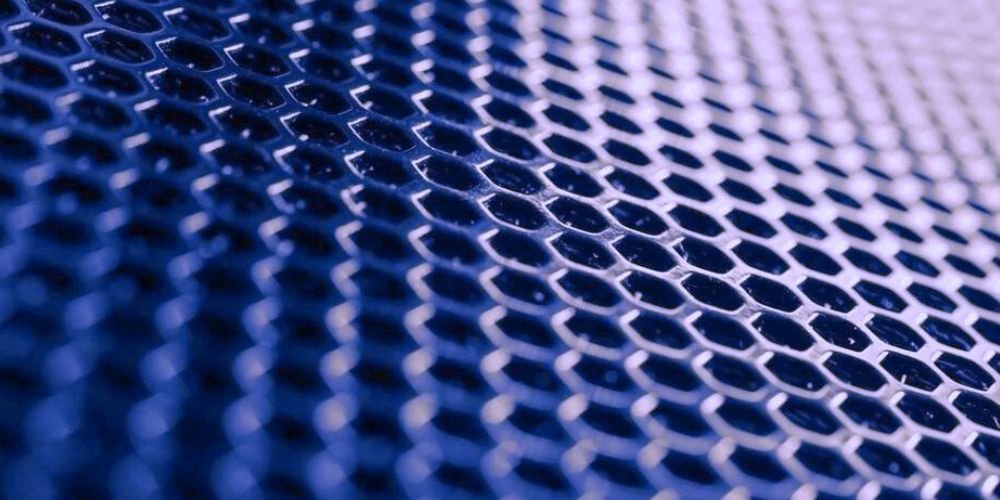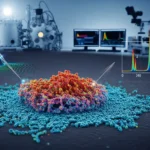In materials science and engineering, nanoscale surface modifications represent a cutting-edge approach to tailoring surface properties at the atomic and molecular levels. These modifications involve applying nanomaterials, coatings, or surface treatments to enhance functionality, durability, and performance across various applications. From biomedical implants to electronic devices, nanoscale surface modifications offer unprecedented control over surface properties, opening new avenues for innovation. This article explores the principles, advancements, and diverse applications of nanoscale surface modifications.
Understanding Nanoscale Surface Modifications
Nanoscale surface modifications involve altering surface properties’ physical, chemical, or topographical properties at the nanometer scale. These modifications can be achieved through various techniques, including deposition, etching, functionalization, and self-assembly. By precisely engineering surface characteristics such as roughness, wettability, and chemical composition, nanoscale surface modifications enable tailored functionalities and improved performance in various materials and devices.
Principles of Nanoscale Surface Engineering
Designing nanoscale surface modifications requires consideration of several key principles:
- Surface Topography: Nanoscale modifications can alter surface roughness and texture, influencing properties such as adhesion, friction, and light scattering. Techniques such as nanopatterning, nanolithography, and surface etching enable precise control over surface topography, facilitating applications in tribology, optics, and microfluidics.
- Surface Chemistry: Chemical modifications at the nanoscale involve functionalizing surfaces with molecules, polymers, or nanoparticles to alter surface energy, reactivity, and affinity for specific molecules or ions. Surface functionalization techniques, such as self-assembly, chemical vapor deposition, and plasma treatment, enable the creation of hydrophobic, hydrophilic, or biocompatible surfaces for applications in biomaterials, sensors, and coatings.
- Surface Coatings: Nanoscale coatings or thin films can provide surface protective, functional, or decorative enhancements. Deposition techniques such as physical vapor deposition, chemical vapor deposition, and atomic layer deposition enable the fabrication of thin films with controlled thickness, composition, and morphology, offering properties such as corrosion resistance, wear resistance, and optical transparency.
Advances in Nanoscale Surface Modification Technologies
Recent advancements in nanotechnology have led to the development of innovative techniques and materials for nanoscale surface modifications:
Nanoparticle Coatings and Composite Materials
Nanoparticles, such as metal nanoparticles, quantum dots, and carbon nanotubes, offer unique properties that can be harnessed to modify surface properties. Nanoparticle coatings or composite materials can enhance surfaces’ conductivity, catalytic activity, or optical properties, enabling applications in electronics, catalysis, and photonics.
Self-Assembled Monolayers (SAMs)
Self-assembled monolayers are molecular layers formed by the spontaneous organization of molecules on surfaces. SAMs provide precise control over surface chemistry and functionality, allowing for the creation of well-defined patterns, gradients, and surface architectures. SAMs find applications in surface modification, biomimetic surfaces, and nanoelectronics.
Plasma Surface Treatment
Plasma surface treatment involves exposing surfaces to low-temperature plasma to modify surface properties such as roughness, wettability, and chemical composition. Plasma treatments offer fast, efficient, and environmentally friendly methods for surface activation, cleaning, and functionalization, enabling applications in adhesion, printing, and surface modification of polymers and ceramics.
Applications of Nanoscale Surface Modifications
Nanoscale surface modifications find diverse applications across various industries, driving innovation and addressing critical challenges:
Biomedical Implants and Devices
In biomedicine, nanoscale surface modifications enhance the biocompatibility, functionality, and performance of implants and medical devices. Surface coatings with bioactive molecules, such as peptides or growth factors, promote cell adhesion, tissue integration, and healing, reducing the risk of implant rejection and improving patient outcomes.
Electronic Devices and Semiconductor Technologies
In electronics, nanoscale surface modifications enable the fabrication of high-performance devices with improved electrical, optical, and thermal properties. Surface treatments, such as passivation, doping, and functionalization, enhance the performance and reliability of semiconductor devices, enabling advancements in microelectronics, optoelectronics, and quantum computing.
Environmental Remediation and Sensing
Nanoscale surface modifications play a crucial role in environmental remediation and sensing applications. Functionalized surfaces with tailored affinity for specific contaminants enable efficient adsorption, filtration, and degradation of pollutants in air and water. Nanosensors with selective surface coatings enable sensitive, selective detection of gases, chemicals, and biological molecules for environmental monitoring and safety applications.
Future Directions and Challenges
Despite their significant progress, nanoscale surface modifications face challenges and opportunities for further advancement:
Multifunctional Surfaces and Smart Materials
Developing multifunctional surfaces with dynamic, adaptive, or responsive properties is a key area of research in nanoscale surface engineering. Smart materials with stimuli-responsive coatings, reversible wettability, or self-healing capabilities are promising for robotics, adaptive optics, and drug delivery applications. Still, challenges remain in achieving precise control and scalability.
Scalability and Integration
Scaling up nanoscale surface modification techniques for large-scale manufacturing and integration into existing processes remains challenging. Developing scalable, cost-effective methods and compatible materials for industrial applications is essential for realizing the full potential of nanoscale surface modifications across diverse sectors.
Environmental Impact and Sustainability
Addressing the environmental impact and sustainability of nanomaterials and surface treatments is critical for responsible development and deployment. Research efforts focus on understanding the lifecycle impacts, toxicity, and recyclability of nanomaterials and coatings, guiding the design of eco-friendly and sustainable surface modification strategies.
Conclusion
Nanoscale surface modifications represent a frontier in materials science and engineering, offering unprecedented control over surface properties and functionalities. By harnessing principles of nanotechnology, researchers and engineers can tailor surfaces at the atomic and molecular levels to achieve desired performance and functionality across diverse applications. As research and development in nanoscale surface modifications continue to advance, the potential for transformative impact on technology, healthcare, and the environment is immense, driving the next wave of innovation in the 21st century.





